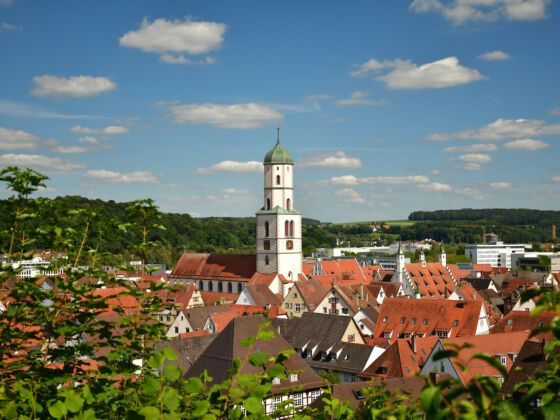1. It’s like getting to board a medieval time machine.
Take walking down the winding streets of Esslingen, for example. Your feet start to ache as they grasp the perfectly-placed cobblestones that line the ground. The wind is perfectly at your back as you meander through the maze of 800-year-old half-timbered houses until you stumble upon the town square, where there’s a lingering scent of strawberries and onions hanging in the air.
Turns out, the wind is perfectly at your back because the streets were designed to carry the stench of medieval life far, far away. The cobblestones that hurt your feet were state-of-the-art technology hundreds of years ago, and in the wooden braces of the half-timbered houses, you can see notes of fire and vestiges of plaster, yet they’re still standing proud and strong. Locals are called “onions” because of the famous onion market, and it’s hard to tell if you’re in “then” or “now.” With as little as that, the past melts into present-day, blurring the lines between reality and…vacation.
